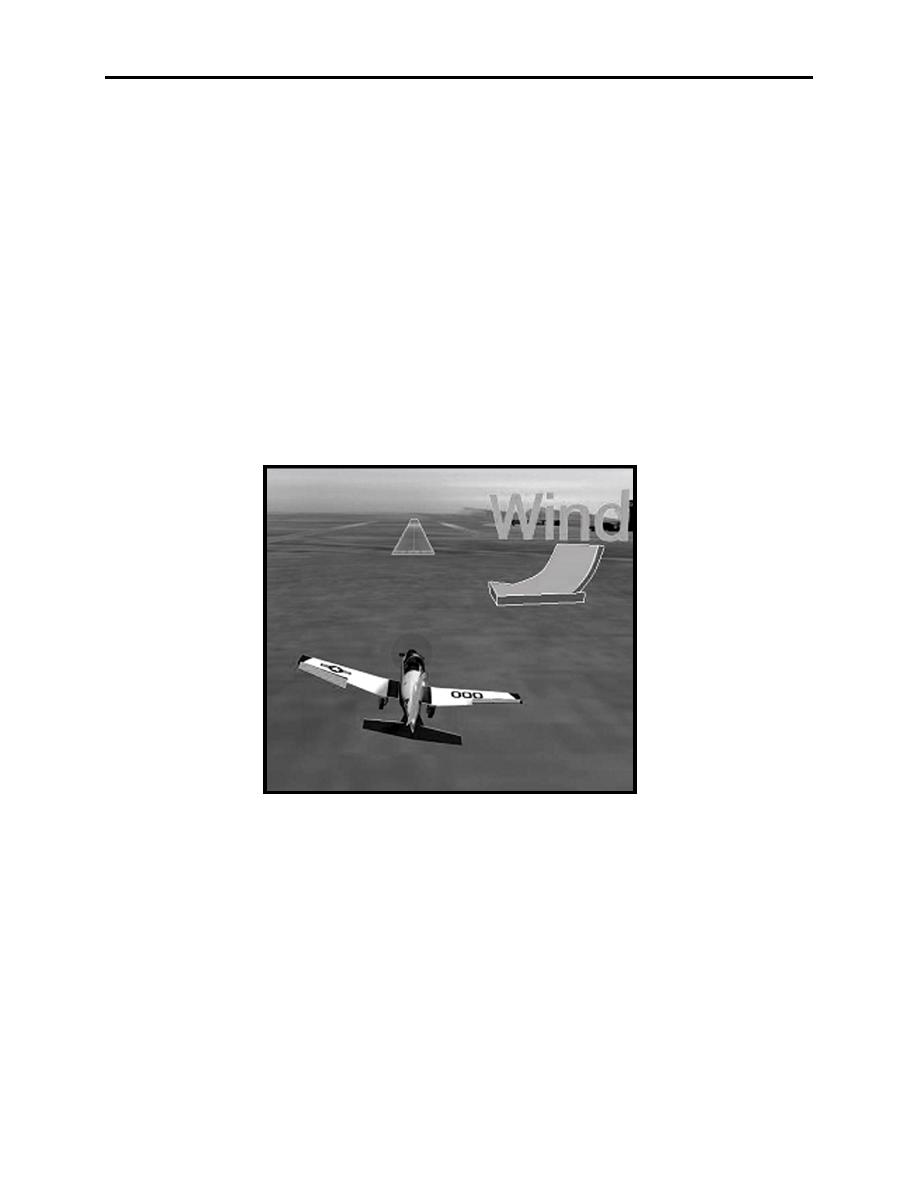 |
|||
|
|
|||
|
|
|||
| ||||||||||
|
|  CHAPTER SIX
T-6A CONTACT
609.
LANDINGS
Crossing the runway threshold, further power reduction may be required to stay on speed. When
five to ten feet above the runway surface, transition your eyes down the runway and begin a
smooth power reduction to idle. In ground effect, set the landing attitude, steadily increasing
back stick pressure to flare the airplane and touchdown at the intended point of landing. The
landing attitude in the T-6A is slightly higher than the takeoff nose attitude. Use the rudders as
necessary to keep the fuselage aligned with the runway (no crab).
If the landing is to a full stop, use rudder and ailerons to maintain runway centerline. Do not
apply brakes above 80 KIAS on landing roll-out, unless stopping distance on the runway is
questionable. Be very smooth and coordinated with brake applications to bring the aircraft to a
safe taxi speed. As a reminder, the N1 will automatically reduce from flight idle (67%) to
ground idle (60%) approximately four seconds after touchdown. After the aircraft is at a safe
taxi speed and the rudder pedals are verified neutral, engage nose wheel steering to taxi off the
runway.
Figure 6-10 Crosswind Approach
610.
CROSSWINDS
In crosswind conditions, fly the same ground track around the pattern, crabbing into the wind as
required. Once established on final, use the rudders as necessary to keep the fuselage aligned
with the landing runway (no crab). Use the ailerons as necessary to maintain centerline. This will
necessitate lowering the wing into the wind to offset the crosswind-induced drift (Figure 6-11).
Maintain this "wing-low" attitude all the way down to the flare and landing. Touchdown on the
upwind main gear tire first, as required. Maintain ailerons deflected into the wind during ground
roll and takeoff, if touch & go. After liftoff and positive climb verified, allow the aircraft to crab
into the wind. Discontinue the wing low method and check balance ball centered.
6-16
LANDING PATTERN
|
|
Privacy Statement - Press Release - Copyright Information. - Contact Us |